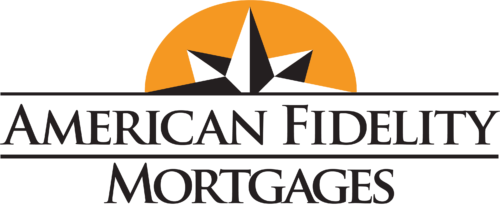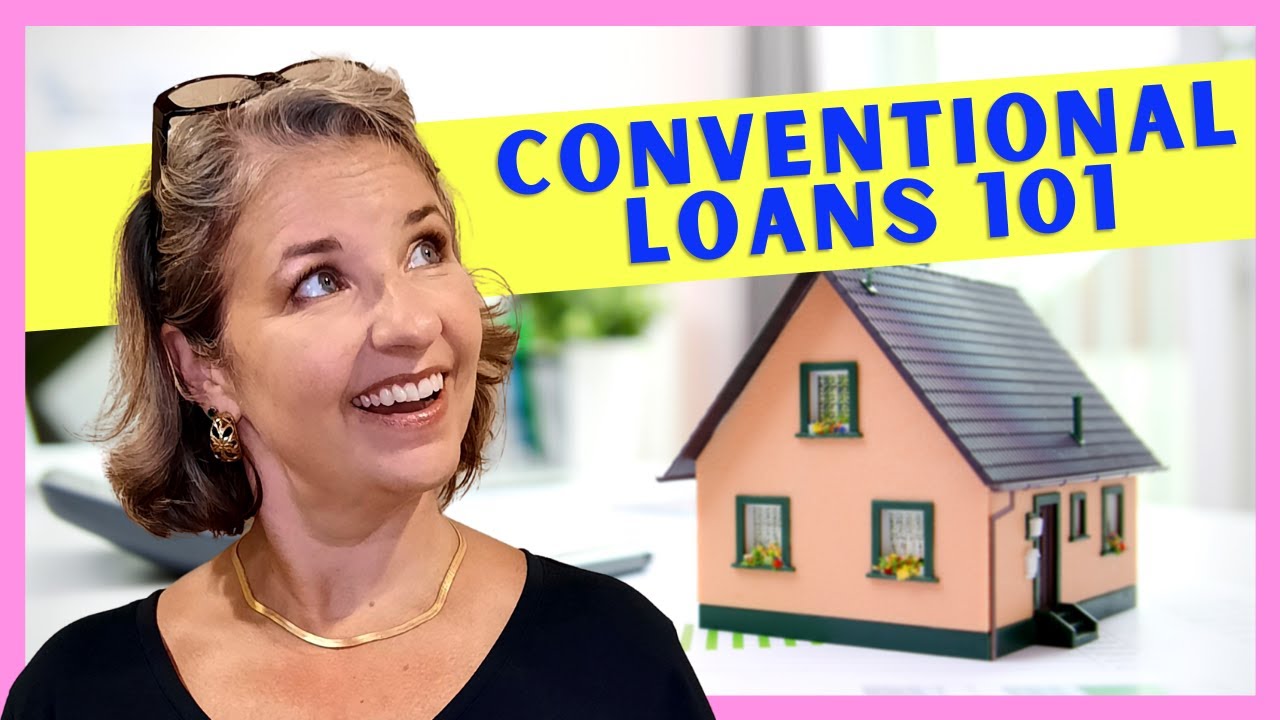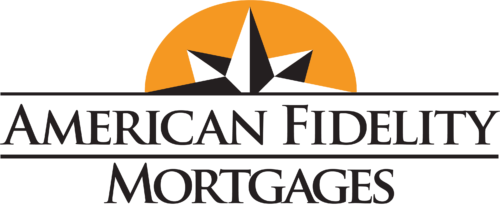When it comes to purchasing a home, there are numerous mortgage options available to prospective buyers. One of the most common options is a conventional loan, but how does it compare to other mortgage types? This article will provide a detailed look at conventional loans and how they stack up against other popular mortgage choices, such as FHA, VA, and USDA loans.
What Are Conventional Loans?
A conventional loan is a type of mortgage that is not insured or guaranteed by the federal government. These loans are typically offered by private lenders such as banks, credit unions, and other financial institutions. The terms and conditions of conventional loans can vary, but they often require a higher credit score and a larger down payment compared to government-backed loans. Conventional loans come in two types: conforming and non-conforming. Conforming loans meet the standards set by government-sponsored enterprises like Fannie Mae and Freddie Mac.
Comparing Conventional Loans to FHA Loans
FHA loans, or Federal Housing Administration loans, are another popular mortgage option. Unlike conventional loans, FHA loans are government-insured, which means that lenders are protected against default. Because of this, FHA loans tend to have more lenient requirements than conventional loans. For example, FHA loans often require a lower credit score and a down payment as low as 3.5%. However, FHA loans do require mortgage insurance premiums (MIP), which can increase monthly costs.
In contrast, conventional loans typically don’t require mortgage insurance if the borrower puts down at least 20%. While FHA loans might be more accessible for borrowers with lower credit scores, conventional loans often offer better terms for those with stronger financial profiles.
Conventional Loans vs. VA Loans
VA loans are loans that are guaranteed by the U.S. Department of Veterans Affairs, primarily for veterans, active-duty service members, and their families. These loans are designed to make homeownership more affordable for military members and come with several advantages. One of the most significant benefits of a VA loan is that it does not require a down payment, unlike conventional loans, which typically require at least 3% to 5%.
VA loans also have lower interest rates and do not require mortgage insurance. However, they are only available to eligible veterans, service members, and their families. For those who qualify, a VA loan can be a more attractive option than a conventional loan, especially if they are unable to afford a substantial down payment.
USDA Loans Compared to Conventional Loans
USDA loans, backed by the U.S. Department of Agriculture, are designed to help low- to moderate-income families purchase homes in rural areas. One of the most appealing features of USDA loans is that they offer 100% financing, meaning no down payment is required. Like VA loans, USDA loans typically have lower interest rates and more flexible eligibility criteria compared to conventional loans.
However, USDA loans are limited to properties in rural or suburban areas, which can be restrictive for some buyers. Additionally, USDA loans may require mortgage insurance, which adds to the cost of the loan. Conventional loans, on the other hand, offer more flexibility when it comes to property location and do not have income restrictions.
Conventional Loans vs. Jumbo Loans
Jumbo loans are a type of non-conforming loan that exceeds the limits set by Fannie Mae and Freddie Mac. These loans are often used to purchase high-value properties, and because they exceed the conforming loan limits, they do not qualify for government backing. As a result, jumbo loans tend to have stricter requirements compared to conventional loans.
For instance, jumbo loan borrowers typically need a higher credit score, a larger down payment, and a lower debt-to-income ratio. While conventional loans are often more accessible for the average homebuyer, jumbo loans are necessary for those looking to purchase luxury properties or homes in high-cost areas.
Benefits
These loans offer several benefits that make them an attractive option for many homebuyers. For starters, they tend to have lower interest rates than other loan types, particularly for borrowers with strong credit. Additionally, they are flexible in terms of loan amount and property type, and can be used for primary residences, second homes, and investment properties.
Another significant advantage is the ability to avoid mortgage insurance if you can afford a 20% down payment. This can result in lower monthly payments compared to other loans, such as FHA loans, which require mortgage insurance regardless of the down payment size.
Drawbacks of Conventional Loans
Despite their benefits, conventional loans come with some drawbacks. The most significant disadvantage is that they typically require a higher credit score than government-backed loans. Borrowers with lower credit scores may find it more difficult to qualify for a conventional loan, or they may be offered higher interest rates.
Additionally, conventional loans may require larger down payments compared to FHA and VA loans, making it more difficult for some buyers to afford the upfront costs. If you are unable to put down at least 20%, you will likely need to pay for private mortgage insurance (PMI), which can increase your monthly payment.
Key Differences
There are several key differences between these loans and other mortgage options. One of the most notable differences is the requirement for mortgage insurance. FHA loans require mortgage insurance for the life of the loan, while these loans only require mortgage insurance if the borrower puts down less than 20%. Additionally, government-backed loans such as VA and USDA loans often have more flexible eligibility criteria, which can make them more accessible to certain buyers.
However, these loans tend to offer lower interest rates for borrowers with strong credit and larger down payments. They also do not have the location restrictions that USDA loans have or the service member requirements of VA loans. This makes them a more versatile option for many buyers.
Conclusion
In conclusion, conventional loans offer many benefits, particularly for borrowers with strong credit and the ability to make a larger down payment. However, they may not be the best option for everyone. Depending on your financial situation, government-backed loans like FHA, VA, and USDA loans may offer more favorable terms, such as lower down payments or lower interest rates. It is essential to compare all your options carefully to choose the mortgage that best suits your needs.
FAQs
What is the minimum credit score for a conventional loan?
The minimum credit score required for a conventional loan is typically around 620, although some lenders may have higher requirements. Borrowers with higher credit scores may be eligible for better interest rates.
Do conventional loans require mortgage insurance?
Conventional loans require mortgage insurance if the borrower puts down less than 20%. However, once the borrower reaches 20% equity in the home, the mortgage insurance can usually be canceled.
Can I use a conventional loan to buy a second home or investment property?
Yes, conventional loans can be used to purchase second homes or investment properties. However, the requirements for these types of loans may be more stringent than those for primary residences.
How long does it take to get approved for a conventional loan?
The approval process for a conventional loan can take anywhere from a few weeks to a couple of months, depending on the lender and the complexity of your financial situation.
Are interest rates for conventional loans higher than FHA loans?
Conventional loan interest rates tend to be higher than FHA loan rates for borrowers with lower credit scores. However, for borrowers with good credit, conventional loans can offer more competitive rates.


